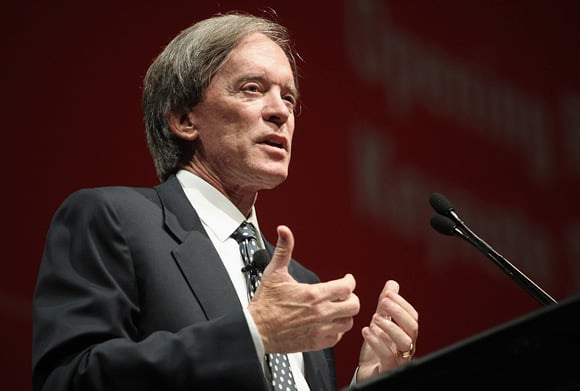The Pimco Total Return ETF's fast start seems to be slowing down.
The exchange-traded fund version of the world's largest mutual fund made headlines earlier this year as it nearly doubled the performance of the Total Return mutual fund. The ETF Ticker:(BOND) has a return of 7.6% since its March 1 debut, nearly double the mutual fund's Ticker:(PTTAX) 3% return through Aug. 27.
However, the bulk of that outperformance came in the ETF's first three months. From March 1 to May 29, the ETF beat the mutual fund by 400 basis points, according to Morningstar Inc. data.
Over the last three months, the ETF and the mutual fund have been moving much closer together. Since May 29, the ETF has a return of 2.81% while the mutual fund has one of 2.14%.
The converging returns aren't likely surprising anyone at Pacific Investment Management Co. LLC.
Douglas Hodge, chief operating officer, said the fund firm expected the two investment vehicles to track each other closely in an interview earlier this month for the
InvestmentNews special report on ETFs.
The ETF's early outperformance was largely the result of good timing, not any difference in strategy, he said. The order in which the securities were bought and the bond market's volatility coincided to give it the early boost.
That means fans of the ETF probably shouldn't rely on it consistently beating the mutual fund going forward.
A number of other features may make the exchange-traded fund more attractive, though.
It's cheaper, for one, with an expense ratio of 55 basis points, 30 basis points lower than the A-shares of the mutual fund. It also trades daily on exchange so there's no $1,000 minimum investment and no load fee, save for whatever commission an investor is charged for making a transaction.
As far as Pimco is concerned, executives there could care less which way investors choose to access Bill Gross' Total Return strategy.
“We're completely agnostic when it comes to which vehicle investors choose,” said Mr. Hodge. “We've had tremendous flows into both the ETF and the mutual fund. We think they can grow together.”







